
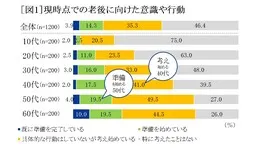
Exploring Time Perception Across Generations in the Longevity Era
Understanding Time in the Age of Longevity: Insights from Seiko's 2025 Time Report
As our world transitions into an era of prolonged life expectancies, Seiko Group, under the leadership of Shinji Hattori, conducted a significant study to analyze how varying generations perceive time. Released on June 10, coinciding with the Day of Time in Japan, the 'Seiko Time Report 2025' aggregates insights around the evolving concept of time in a landscape marked by the inevitability of the 2025 problems we face.
The Report's Findings
The investigation sheds light on diverse attitudes towards time among different age groups. With young people being more optimistic about the future compared to their middle-aged counterparts, there is a stark contrast in how generational perspectives shape the understanding of time.
Youth Optimism and AI Utilization
The adolescent population, particularly those in their teenage years, exhibits a strong inclination towards using artificial intelligence (AI) as an aid. The report reveals that approximately half of teenagers have engaged in personal conversations with AI, seeking advice and sharing their thoughts. This reflects their justifiable confidence in technology complementing their daily lives, raising their perceived happiness levels significantly. About 71% of teens claim that AI has become integrated into their daily routines, enhancing productivity.
Time Efficiency Awareness
The report also highlights a significant awareness of 'Time Performance' (タイパ), where over 60% of participants acknowledge adapting their actions for time efficiency. Notably, among teenagers, this figure rises to an impressive 69.5%, suggesting that younger generations prioritize time management in a manner previously unseen.
Older Generations’ Past and Present Perspectives
Contrastingly, individuals aged between 30 and 50 are more prone to experience stress regarding time management and future uncertainties. Interestingly, the report notes that while younger generations perceive the future with optimism, the 30s to the early 50s cohort often feels overwhelmed. However, by their sixties, many return to a more optimistic outlook as they prepare for retirement, suggesting that concerns about the future vary significantly across life stages.
The report indicates that nearly 60% of respondents feel they are living their lives according to their own values, a sentiment that diminishes through the 20s and 30s but resurges in the 60s. This self-awareness was coupled with a realization that individuals no longer need to conform strictly to societal norms around significant life events.
Lifelong Learning and Personal Growth
Teenagers today view their future with excitement and potential. Many feel a desire to embrace personal growth and continue learning. Remarkably, nearly 88% of teenagers express the belief that they can live freely, irrespective of age. This contrasting view showcases a break from previous generations' expectations, underscoring a cultural shift towards individualism in lifestyle choices.
A Fast-Paced World
The sense of being rushed continues to permeate daily life. A significant 64% of respondents express feeling overwhelmed by the lack of time, and 56.9% indicate that 24 hours in a day simply isn't sufficient. Moreover, on a humorous note, responses reveal that the most commonly used words to describe current life conditions are 'busy' and 'frustrated.'
Expert Opinion
To explore these generational differences further, we consulted Professor Makoto Ikekawa, an expert in time studies, who elaborated on how societal expectations have shifted, creating disparities in how time is valued across age groups.
Conclusion
As we navigate the complexities of the longevity era, the 'Seiko Time Report 2025' serves as a crucial lens into the way our perceptions of time are influenced by generation, technology, and culture. With each generation holding a distinctive outlook on life's timeline and time management, understanding these differences can lead to improved societal support systems tailored to varying needs.
To delve deeper into the full report, including methodology and detailed statistics, please refer to the attached release.
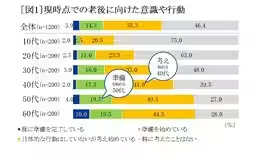






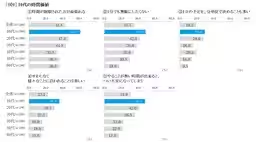





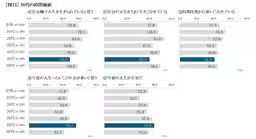
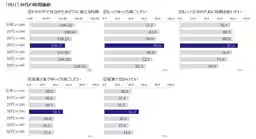


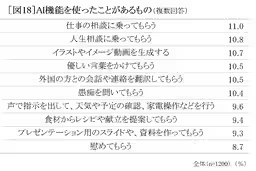
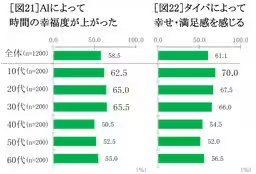

Topics People & Culture)










【About Using Articles】
You can freely use the title and article content by linking to the page where the article is posted.
※ Images cannot be used.
【About Links】
Links are free to use.